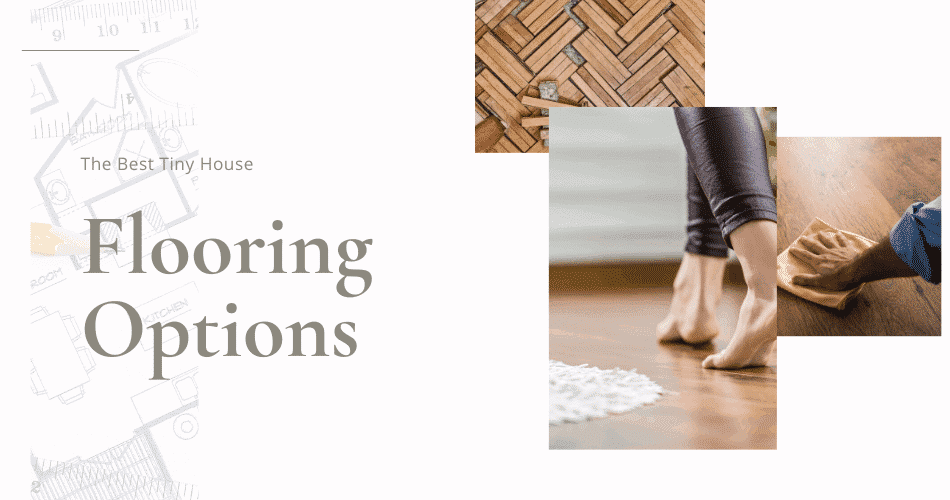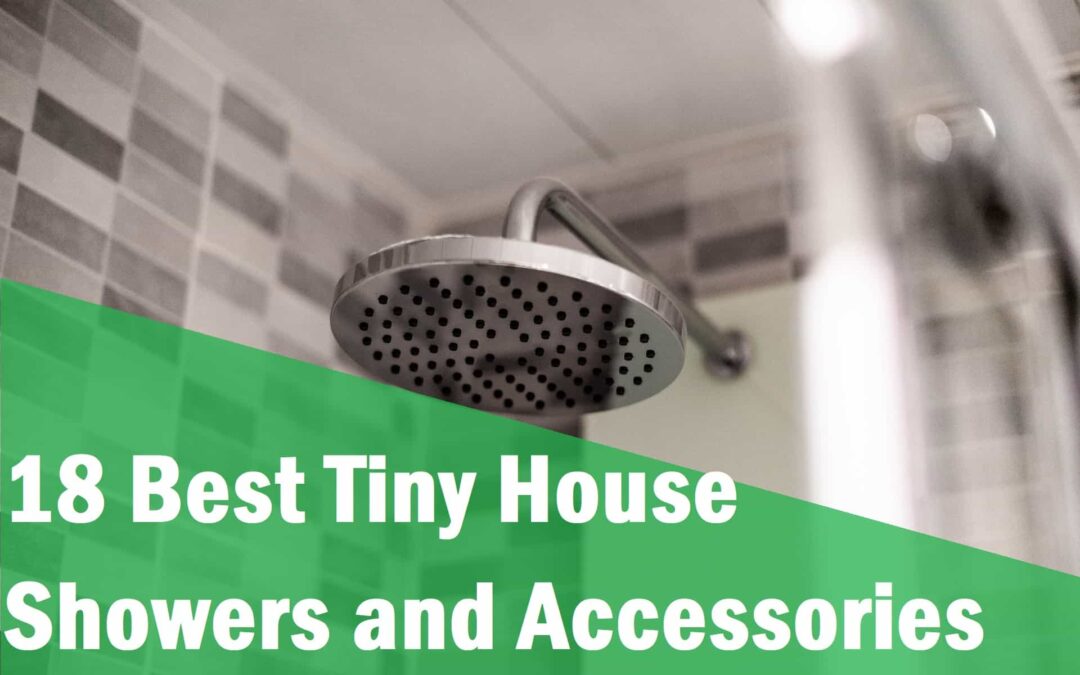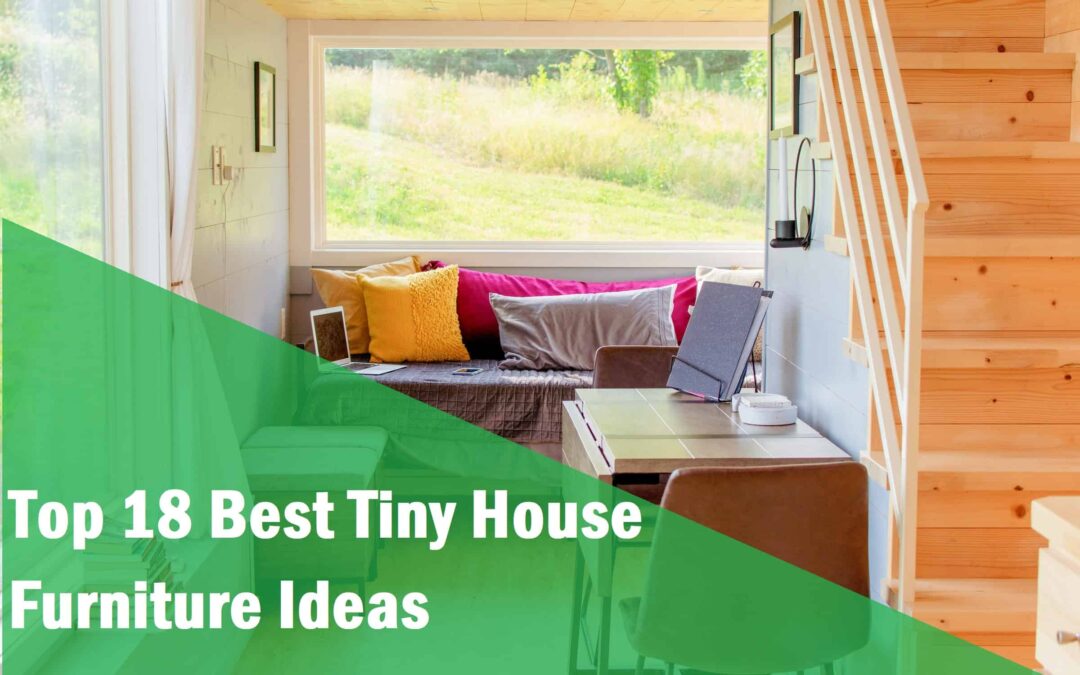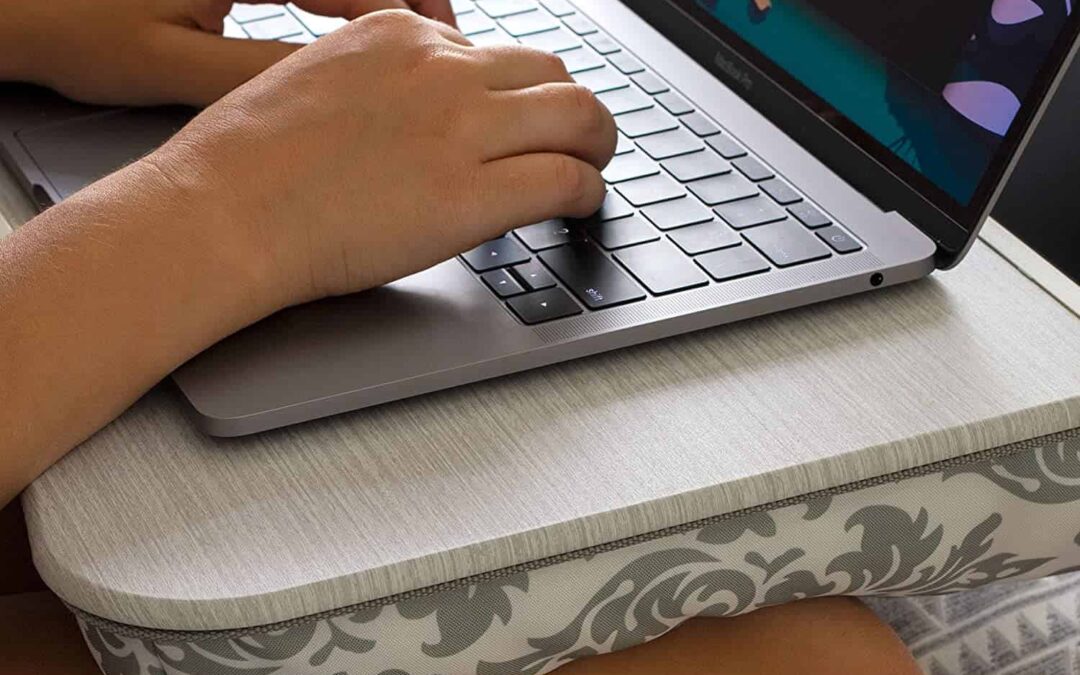Tiny homes are much easier to build than a traditional house, but they still offer their fair share of unique problems.
One of those is how to choose the best flooring for a tiny home. After all, a lot of tiny homes move around and experience conditions a regular house just doesn’t see.
Read on to find out more about the tiny house flooring options available to you and what I think is the one that will serve you best in most situations.
What to Look for in Tiny House Flooring Options
While tiny homes share some needs with regular houses, they also have requirements all their own, so it is important to know what features to look for when making a decision.
That’s what you’ll find in this article.
After years and years of experience experimenting with the multitude of tiny house flooring options, I have came up with a list of the most important features a well-made tiny house floor needs
All of which I explain below.
Tiny House Flooring Need #1: Durability
With any kind of flooring, the ability to resist scratches, gouges, and other types of surface damage is important. For tiny house purposes, flooring durability doesn’t just apply to the surface strength.
This is especially true in tiny homes on wheels (THOWs). THOWs move around, sometimes frequently, and need the resilience to handle bumps, bounces, and the vibration of the road.
Floorings such as tile or other rigid materials are completely out for this reason. The last thing you want is to open up your door and see cracks spreading across your floor.
Instead, look for a flooring material that’s able to shift and bend a little without suffering damage.
Tiny House Flooring Need #2: Water Resistance
As with everything in a tiny house, I recommend you take water resistance into account. Dealing with swelled or water damaged flooring can be a serious undertaking.
It is much better to think about this from the very beginning and choose a flooring option that offers the best water resistance possible.
Tiny House Flooring Need #3: Installation
If you’re planning to self-build your tiny home, you’ll want your flooring to be as easy as possible to install. Some types of flooring need to be tacked down, glued down, or even nailed into place.
All of that takes time, equipment, and know-how.
Newer tiny house flooring options are much easier to work with. Some of the best solutions use tongue-and-groove systems that let you set them right in place without any attachments.
Tiny House Flooring Need #3: Ease of Cleaning
One of the biggest benefits of a tiny home is how easy they are to clean. One important part of that is choosing building materials that don’t require a complicated cleaning process or extra gear.
I’m a big fan of floors that you can sweep and quickly wipe down. Especially if it doesn’t require specialized cleaning chemicals that won’t damage the finish.
Tiny House Flooring Need #4: Material Origin and Sustainability
A lot of tiny house enthusiasts are looking for ways to minimize their carbon footprint and get back in touch with nature. The origin of a type of flooring and how it’s manufactured can be a pretty major factor for them.
Synthetic flooring is often made using petrochemical materials and other synthetic products. As a result, they often have a higher carbon footprint because of this, and many people are concerned about their potential to off-gas harmful substances.
Like a lot of things, the truth is complicated.
Studies have shown that nearly all types of modern flooring, including carpet, vinyl, laminate, and even natural hardwood, can emit VOCs (Volatile Organic Compounds).
That sounds really scary, but it’s important to remember that exposure levels and duration matters.
Tiny homes are tiny.
That’s their whole appeal, and this is to your benefit when talking about off-gassing.
There’s substantially less flooring in a tiny home than a standard American home.
Realistically, we recommend you keep material origin in mind but focus more on the longevity and durability of your floor.
As we covered above, all types of flooring emit some compounds.
Best Tiny House Flooring Types
Flooring Option #1: Carpet
I know, I know, carpet’s awful, right? Bear with me though, as carpet can be a valid choice for certain parts of your tiny home.
For the main level, and especially in the kitchen/bathroom area, it’s totally out. Carpet is harder to clean, dry, and maintain and will show wear much faster.
It’s less expensive to be sure, but it also looks ‘cheap’.
It’s the sleeping loft where carpet can be a valuable choice.
That’s an area away from the door or any other entrance. You’re unlikely to ever walk there with your shoes on, and the chances of spilling water or another liquid are quite low.
The right kind of carpet can be soft, comfortable, and help keep your feet warm in colder climates. Using it in your sleeping loft gives you the benefits of carpet without most of the downsides.
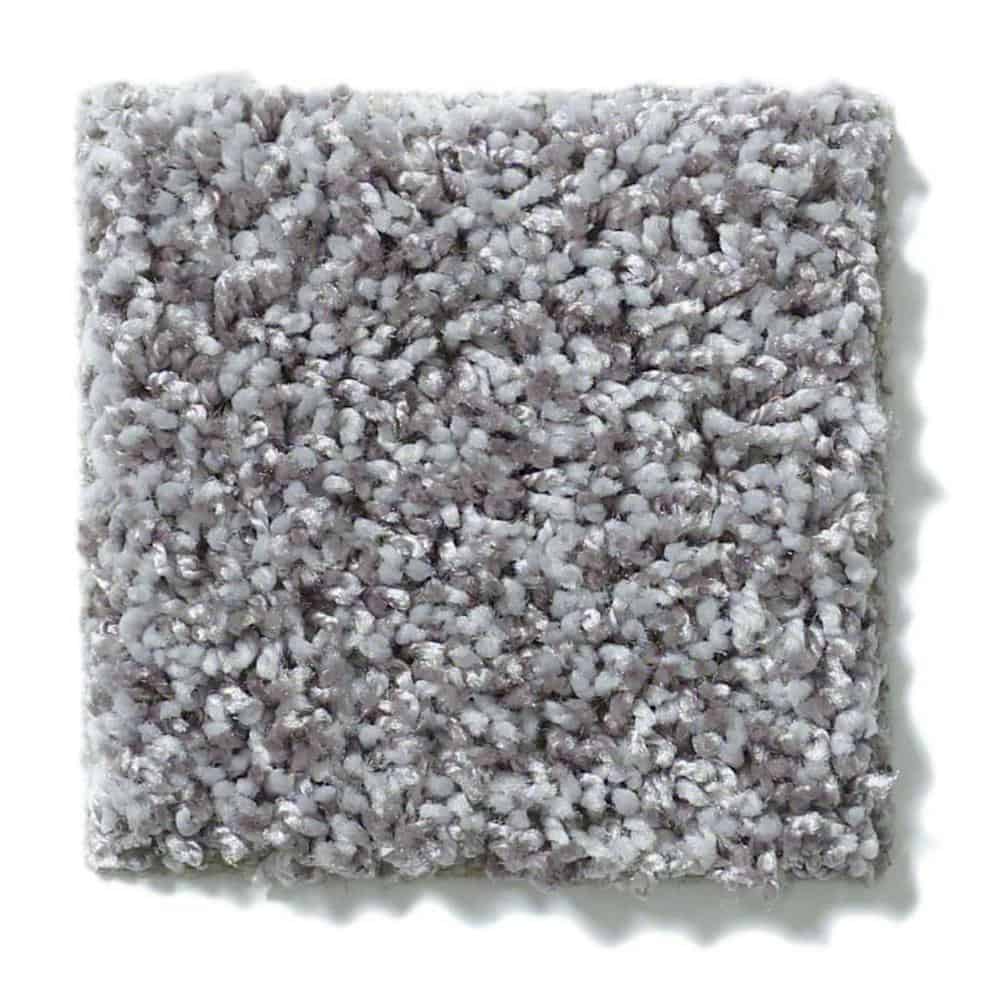
Flooring Option #2: Tile Flooring
Tile is a great flooring material for bathrooms, kitchens, and other areas that require rigidity and waterproofing. It’s sturdy, naturally waterproof, and relatively easy to install with a little practice.
Unfortunately, those same characteristics make it one of the worst tiny house flooring options.
Tile has no give or flex to speak of. If you’ve ever worked with it before you know how common it is to end up with several chipped or shattered pieces while installing it.
Then there’s the weight. Ceramic tiles weigh about four pounds per square foot, while stone tiles weigh as much as six pounds per square foot.
With tiny homes, weight reduction is the name of the game. Tiles are far too heavy and breakable to use in a tiny home.

Flooring Option #3: Hardwood Flooring
Hardwood flooring has been on a tear for the last few decades. It’s by far the most popular option out there for new home building and remodels, and for good reason.
Hardwood flooring is durable, beautiful to look at, and available in a huge range of sizes and styles. It can be damaged, but is much heartier and more scratch-resistant than many other options.
There are definitely some downsides though. To start with, hardwood flooring is expensive.
We’re talking $3 to $5 a square foot expensive.
Tiny houses are small, sure, but if you’re flooring 240 square feet plus an 80-foot loft, you’re still going to spend upwards of $900 to $1,600 just on materials.
Hardwood is also one of the most difficult types of flooring to install as an amateur. It’s also less water-resistant and harder to clean than synthetic flooring.
If you have to have that reclaimed barn wood as part of your build, I recommend you stick with the walls and countertops. It can be used as flooring, but it’s going to cost more and require more significant upkeep.
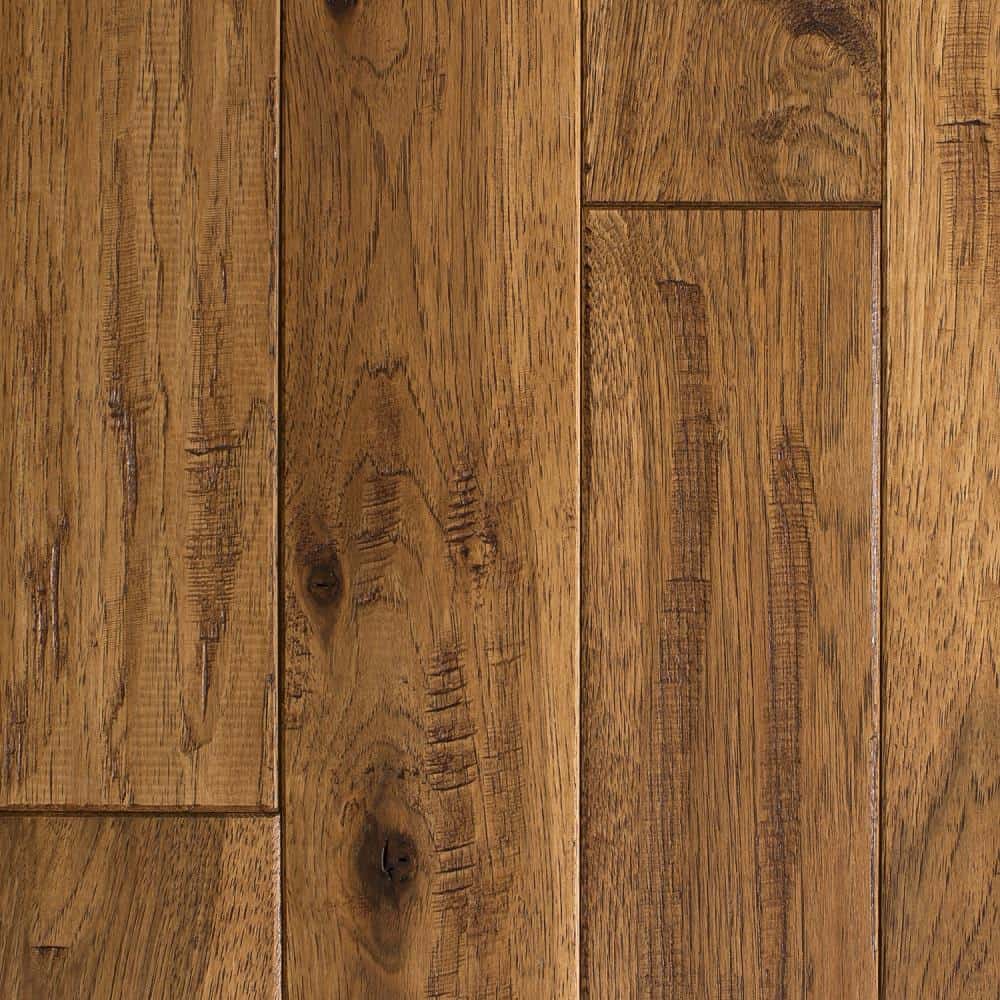
Flooring Option #4: Laminate Flooring
Laminate flooring comes up a lot when people talk about building tiny homes. It’s made using compressed particleboard topped with a thin image layer of hardwood and a transparent wear layer.
This gives you flooring that looks like traditional hardwood, but costs a fraction of the price. The wear layer makes it extremely durable, easy to clean, and really pretty.
It’s available in a wide variety of styles and tones and is one of the easiest types of flooring to install. Most modern laminate flooring options require no adhesive or nails and can be put together using tongue and groove fasteners.
A lot of people think laminate is a good option for tiny homes, but I highly recommend you think twice. The bulk of laminate flooring is made from low-cost particleboard.
That’s a natural wood product that is susceptible to water damage, even when treated with weatherproofing compounds and sealing materials. There are many cases of laminate flooring beginning to swell up with water just from a high humidity environment.
The last thing you want is for your newly installed floors to begin to cup, shift, or warp.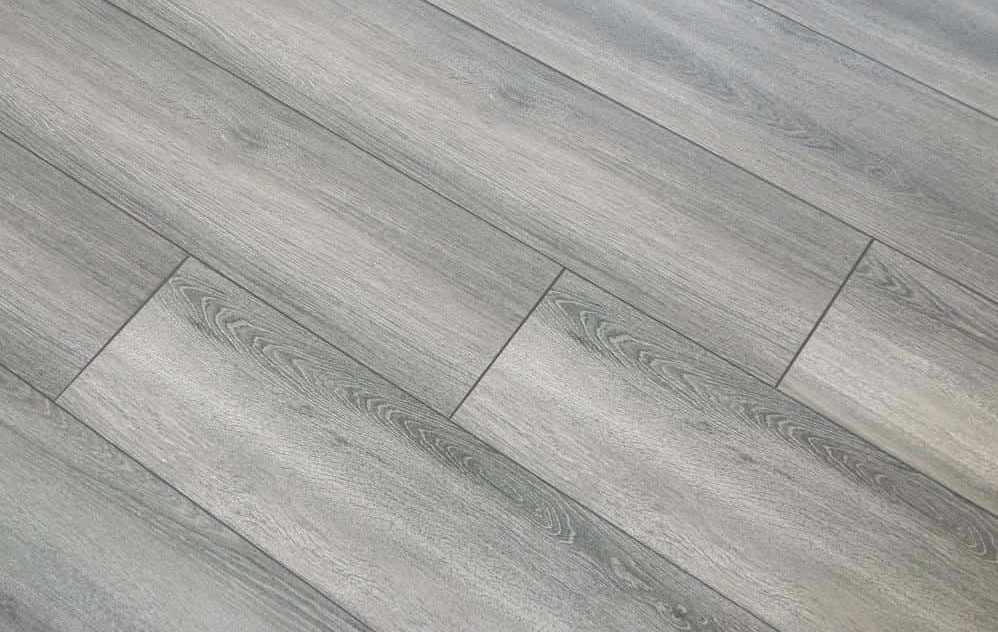
Vinyl Flooring
When it comes to choosing the best flooring your tiny home, in my opinion, it really is a no-brainer.
Vinyl flooring is the way to go.
I’ve tried so many different flooring options, and have a wide range of struggles and frustrations.
That is, until I found vinyl flooring.
Let me explain.
Vinyl flooring was once synonymous with cheap in the building trades. It was the kind of low-cost flooring you expected to find in poorly made cookie-cutter houses and manufactured homes.
Not anymore.
With recent advances in the manufacturing process and styling, vinyl floors have truly come into their own. Modern vinyl flooring is durable, inexpensive, easy to install, and offers an incredible range of style and tone choices.
And not just that, with recent advancements, they look amazing too.
You can get vinyl flooring that looks like traditional hardwood, tiles, distressed barn wood, and so many more styles.
What’s wild is that there’s even a natural wood texture on the flooring now.
But despite all these reasons, there are 2 major reasons I recommend vinyl flooring for tiny homes…
It’s durability and ease of installation.
Vinyl flooring is naturally waterproof. It’s literally made from plastic and won’t swell or warp no matter what conditions it’s in, and it lasts a really long time.
The surface is just as durable as hardwood floors and is available with high-strength scratch-and-gouge resistant coatings.
The installation process is almost identical to that of laminate.
A tongue-and-groove system allows you to lay your flooring out without the use of special tools beyond a box cutter to trim the side pieces.
The only possible downside to vinyl would come from a sustainability standpoint. Simply put, vinyl isn’t natural or sustainably made.
With that being said, I still recommend you seriously consider vinyl. It beats every other flooring option by a landslide.
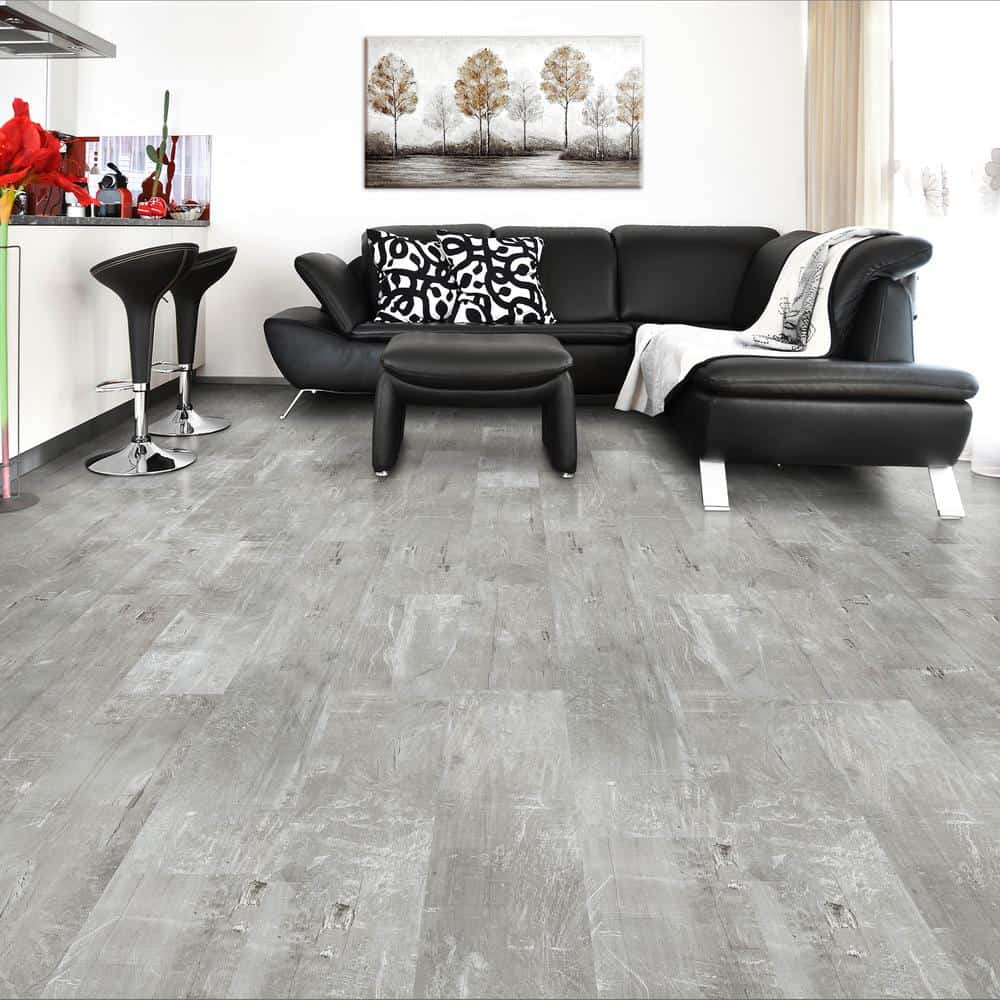
My Final Take
While there are tons of tiny house flooring options, there’s really only one I’d recommend.
Vinyl flooring.
Its combination of affordability, durability, ease of installation, and total water resistance make it the obvious choice for the savvy tiny dweller. Even better, vinyl flooring has never been more available or attractively styled.

